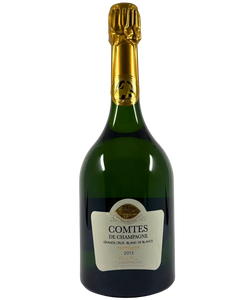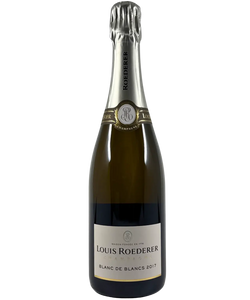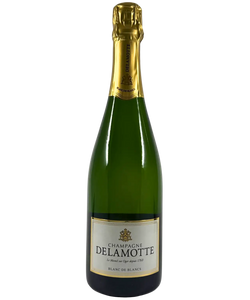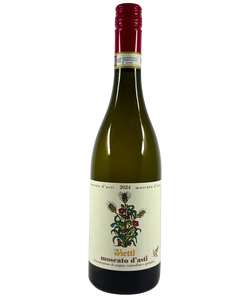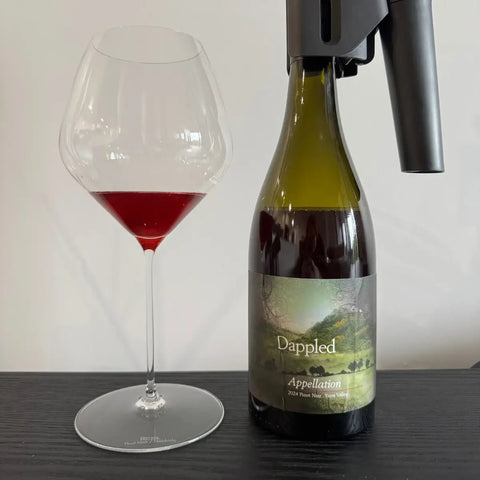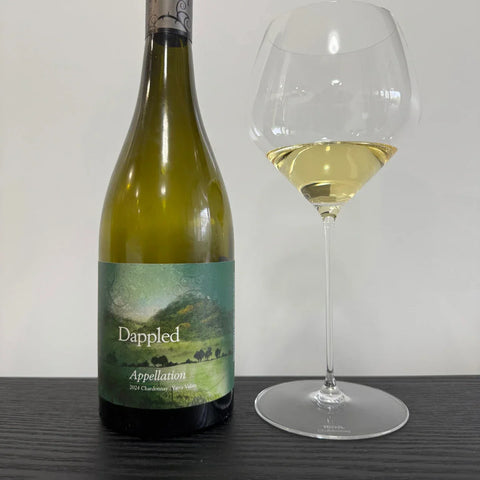It’s almost impossible to think of Champagne without thinking of Dom Pérignon.
The French winemakers have been delivering some of the world’s most high-quality, loved and collectible wines for over a century.
And in a hundred years of producing champagnes, the quality of Dom Pérignon wines has not wavered.
There’s a reason Dom Pérignon products are renowned by critics, investors and casual drinkers alike – it doesn’t get much more prestigious than this.
The history of Dom Pérignon
Dom Pérignon is named after Dom Pierre Pérignon, a 17th-century Benedictine monk who, according to legend, pioneered the art of blending wines to create champagne.
As the story goes, Pérignon accidentally invented champagne, and upon tasting it for the first time, exclaimed “Come quickly, I am tasting the stars!”
I know, I know – never let the truth get in the way of a good story. But in reality, the French monk didn’t actually create the first-ever champagne.
At the time, “champagnes” as we know them (sparkling wines) already existed – and were considered a mistake due to unintended secondary fermentation after bottling.
Rather, Pérignon’s contribution to wine in Champagne was refining still wines. In particular, the Benedictine monk was one of the first to blend grapes from different vineyards to help balance a wine’s flavour.
So, the name of Dom Pérignon carries an immense legacy in the Champagne wine-making region.
The connection between the legendary winemakers is more symbolic than anything – but both have left their mark on the world of wine.

Caption: A sculpture of the much-loved Dom Pérignon, located outside the headquarters of Moet and Chandon.
Dom Pérignon wines
In over a century of producing wines, Dom Pérignon has only released 48 champagne vintages.
This is where the winemakers stand head and shoulders above the rest. If the quality of their annual harvest is below par – they simply don’t go to bottle.
So when you’re buying Dom Pérignon, you know you’re getting the best of the best.
Dom Pérignon Brut vintage
Dom Pérignon’s vintage is the cornerstone of the brand.
It is probably the most famous champagne in the world – and the vintage’s quality matches its acclaim.
Each vintage is crafted from a near 50/50 blend of Chardonnay and Pinot Noir grapes, with notes of citrus, almonds and a notable balance between acidity and richness.
I think there’s one word that aptly sums up the king of champagnes – finesse.
Dom Pérignon is available in three levels of maturity, known as plenitudes:
- P1: The entry-level, aged for a minimum of 8 years
- P2: The second level, aged for a minimum of 15 years
- P3: The top level, aged for a minimum of 25 years.
It’s quite rare to find a P3 bottle on secondary markets…but if you do, expect your wallet to get significantly lighter.
Dom Pérignon Rose
Dom Pérignon also produces a prestigious Rose, comprising a greater proportion of Pinot Noir in its grape blend.
The wine reveals notes of berries, spices and silky tannins.
While not quite as famous as its older siblings, the Dom Pérignon Rose is a fantastic wine in its own right, consistently impressing critics and collectors alike.
Key vintages
When you’ve been producing top-shelf wines for over a century, the list of excellent vintages is almost as long as the champagne’s finish.
But the modern era of Dom Pérignon vintages has produced some of the winemaker’s best bottles.
2008 is widely considered one of the greatest vintages of the past 30 years. This bottle earned a perfect 100/100 from Falstaff, while securing a 98-point rating from James Suckling and James Halliday. And speaking to the immense quality of the 2008 Dom Pérignon Vintage is its drink window – with some critics suggesting it will continue maturing until 2050.
Dom Pérignon’s 2010 vintage overcame tough growing conditions to rack up similarly impressive critic scores. James Suckling scored the 2010 bottle a 98/100, while Wine Enthusiast gave it a 96/100.
The 2002 vintage is another candidate for “GOAT” (Greatest Of All Time), while Dom Pérignon’s 1961 vintage has become famous among collectors due to its association with the Royals Charles and Diana.
Why collectors love Dom Pérignon
Dom Pérignon might just be the most collectible wines in the world.
Their meticulous precision in selecting only the finest grapes for their champagnes is legendary.
But what makes them even more appealing is the intense maturation period.
Most other wines can last, what, 25, 30 years if they’re from a good vintage?
Some Dom Pérignon wines don’t even hit the shelves until four decades past bottling.
Dom Pérignon champagne is made for ageing – and this makes them a long-term investor’s dream.
The most valuable Dom Pérignon offerings are P3 bottles – vintages aged for at least 25 years. There isn’t many going around, making them even more valuable.
The 1971 vintage is listed on wine-searcher for as much as AU $36,903, with the average price settling at nearly AU $14k.
This marks growth of 13% over the past two years – quite solid, especially when you consider that Dom Pérignon is a blue chip investment known for stable price appreciation rather than volatile ups and downs.

Caption: Like most other high-quality assets, Dom Pérignon doesn’t wildly fluctuate up and down – it steadily increases in value. Source: WineSearcher
Okay, so not everyone has ten grand to drop on a Dom Pérignon P3. How about the 2008 Brut vintage?
This vino is much more affordable for the average investor, but still boasts some impressive performance over the past five years.
When the 2008 vintage was released in 2019, it could be had for as low as AU $200 via some retailers – especially if you purchased it in bulk.
Obviously, this price was too good to be true and in less than 24 hours the average sale price of the 2008 Dom Pérignon increased by 16%.

Caption: It took a matter of minutes for the 2008 Dom Pérignon to race above AU $250. Source: WineSearcher
Some Aussie stockists still have the 2008 bottle listed for approximately $400, although naturally, it is out of stock.
In 2025, you’ll be hard-pressed to find a bottle of the 2008 vintage for less than $600 – meaning the wine has almost doubled in price in just five years.
This represents annualised growth of nearly 20%, and given 2008’s relative youth, scarcity has hardly kicked in.
Top-tier P1 Dom Pérignon vintages from the 70s and 80s can be worth more than AU $2,000. Given the quality of 2008’s harvest, it’s not hard to see this bottle being worth similar somewhere down the line.
Summary
Dom Pierre Pérignon's work laid the foundation for the Champagne region's reputation as one of the world's premier wine-producing areas.
This legacy has only been grown by his wine-producing namesake, renowned globally for producing some of the best Champagne money can buy.
Not only are Dom Pérignon vintages delicious – they’re a match made in heaven for investors.
While entry-level bottles of Dom Pérignon start around AU $350, premium vintages, P2/3 editions, and Rosés can fetch prices well into the thousands – and for good reason.
For investors seeking a blend of prestige, performance, and long-term value, Dom Pérignon stands as a cornerstone in any fine wine portfolio.

